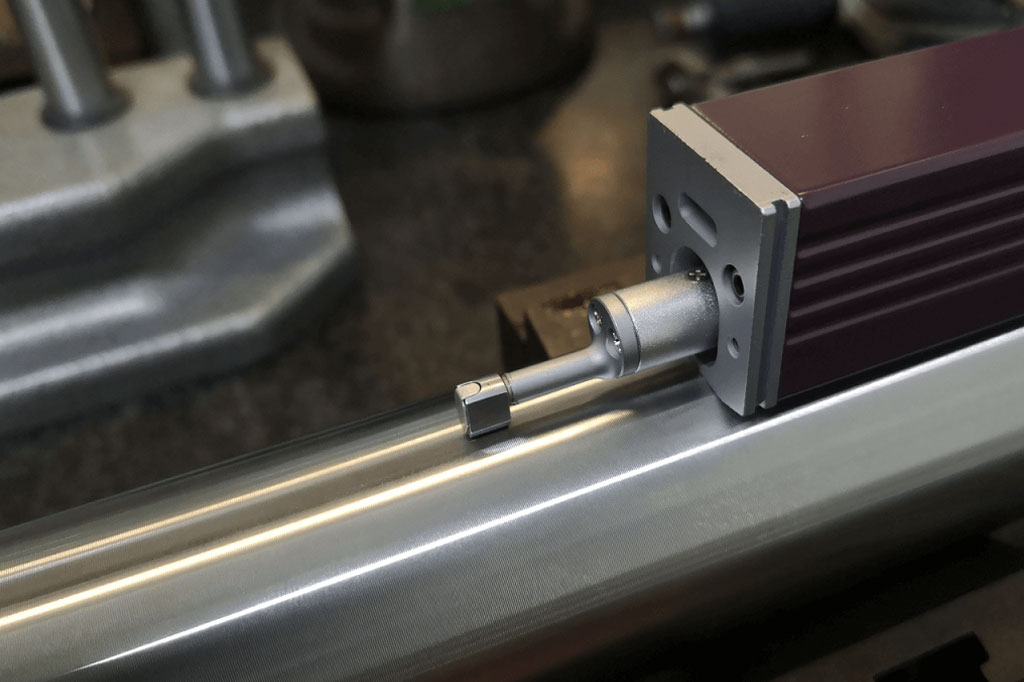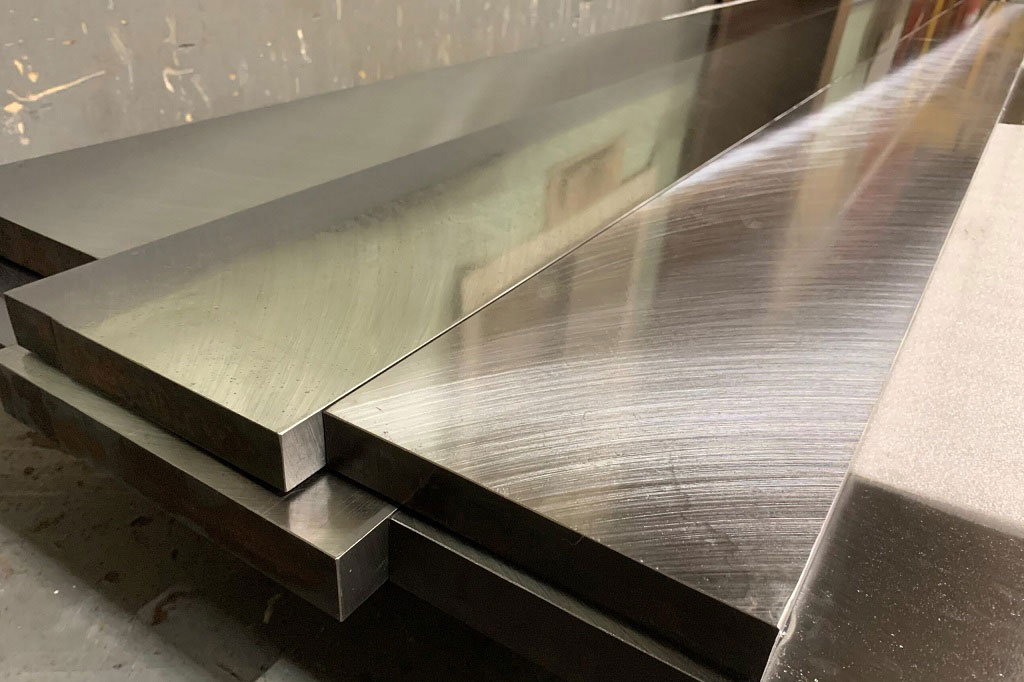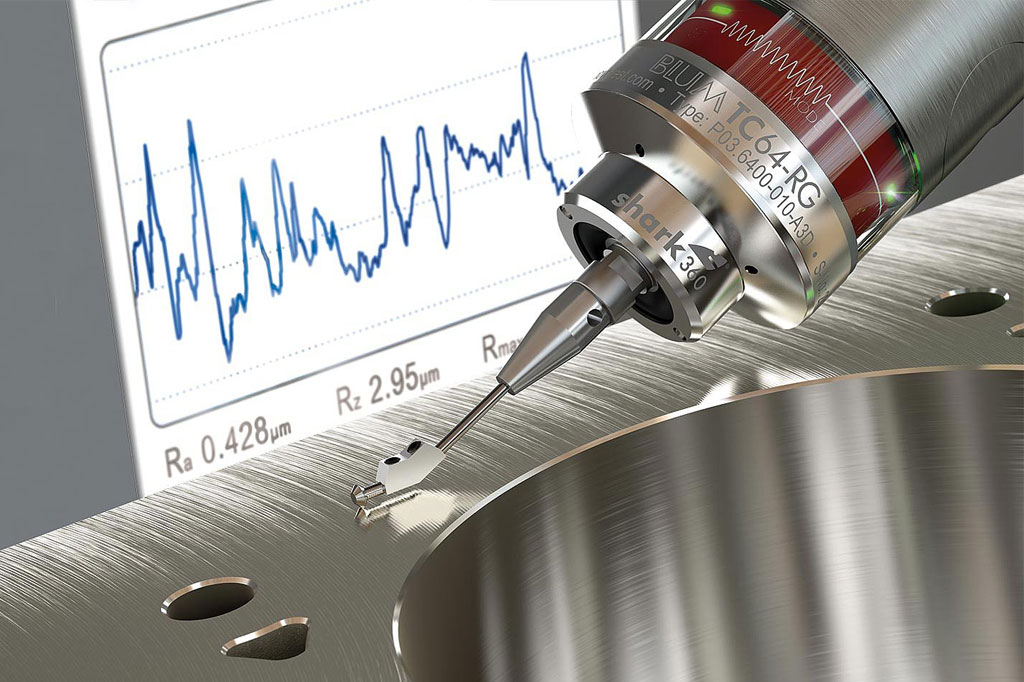Surface roughness plays a key role in the manufacturing process, influencing the quality, performance, and longevity of parts. Whether you’re working with metals, plastics, or other materials, understanding surface roughness is essential for achieving the desired quality standards.
This article will delve into the significance of surface roughness, how it’s measured, and how the surface roughness chart can help guide your manufacturing processes.
What is Surface Roughness?
Surface roughness refers to the fine, irregularities that are left on a material’s surface after a manufacturing process like CNC milling, CNC turning, or CNC grinding. These microscopic variations in surface texture are typically caused by the tools used, the cutting parameters, and the material itself.
A good surface finish is crucial for many applications, particularly those in the aerospace, automotive, and medical industries, where precision and smoothness can impact part performance, longevity, and safety.
Why is Surface Finish Important?

- Functionality: A smoother surface can reduce friction, which is essential in parts that experience motion, such as bearings or gears.
- Aesthetic Quality: The appearance of a part often depends on the quality of the surface finish, especially in consumer-facing products like electronics or automotive trim.
- Durability: Surfaces with lower roughness tend to have better resistance to wear and corrosion, increasing the longevity of the part.
- Assembly: Proper surface finishes ensure parts fit together correctly without gaps, which is critical for assemblies like pumps or valves.
- Cost Efficiency: Achieving the right surface finish can reduce the need for post-processing steps, improving overall production efficiency.
Surface Roughness Parameters
Several parameters are used to measure surface roughness. Some of the most common ones include:
- Ra (Arithmetic Average Roughness): This represents the average of the absolute values of surface height deviations over a specified length, and it’s the most frequently used surface roughness parameter.
- Rq (Root Mean Square Roughness): This is calculated as the square root of the average of the squared deviations from the mean surface height. It gives a more accurate representation of surface irregularities than Ra.
- Rz (Average Maximum Height of the Profile): This parameter calculates the average difference between the five tallest peaks and the five deepest valleys over a defined sampling length.
- Rt (Total Height of the Profile): This measures the total vertical distance between the highest peak and the lowest valley in the surface profile, providing an indication of the overall roughness and variations present across the surface.
Surface Roughness Chart
A surface roughness chart is a helpful tool for understanding the relationships between different surface finishes, their corresponding roughness values, and the machining methods used to achieve them.
The surface roughness chart often illustrates different finish types, ranging from very smooth to highly textured, along with their corresponding Ra values.
Here’s a breakdown of common finishes with their typical Ra values:
| Finish Type | Typical Ra Value (µm) | Typical Machining Method |
|---|---|---|
| Mirror Finish | 0.02 – 0.08 | Polishing |
| Fine Machining | 0.2 – 1.6 | CNC Milling/Turning |
| Medium Finish | 1.6 – 6.3 | CNC Milling/Grinding |
| Coarse Finish | 6.3 – 12.5 | Grinding/Turning |
| Rough Cast Surface | 12.5 – 50 | Casting |
| Forged Surface | 10 – 25 | Forging |
How to Use the Surface Roughness Chart

The surface roughness chart helps manufacturers select the appropriate machining process based on the desired surface finish. For example:
- High-Precision Parts: If your parts require a mirror-like finish for minimal friction or aesthetic appeal, you may choose polishing or fine machining, targeting an Ra value of 0.02–0.08 µm.
- General Manufacturing: For parts that don’t need extreme smoothness, but still need to meet functional requirements, medium finishes with an Ra value of 1.6–6.3 µm are common.
- Cost-Efficient Processes: For large batches or non-critical parts, a rough cast or forged surface finish may be acceptable, allowing for a more economical manufacturing process.
How to Achieve the Desired Surface Finish
Achieving the right surface finish involves selecting the appropriate machining method, tool material, cutting parameters, and post-processing steps. Common techniques include:
- Milling and Turning: These methods can achieve varying surface roughness depending on the tool used and the cutting conditions.
- Grinding: Ideal for achieving smoother surfaces with fine tolerances.
- Polishing: Used to achieve mirror-like finishes by removing the finer imperfections from a part’s surface.
- Coating: Coatings such as electroplating or anodizing can be applied to enhance surface finish and improve properties like corrosion resistance.

